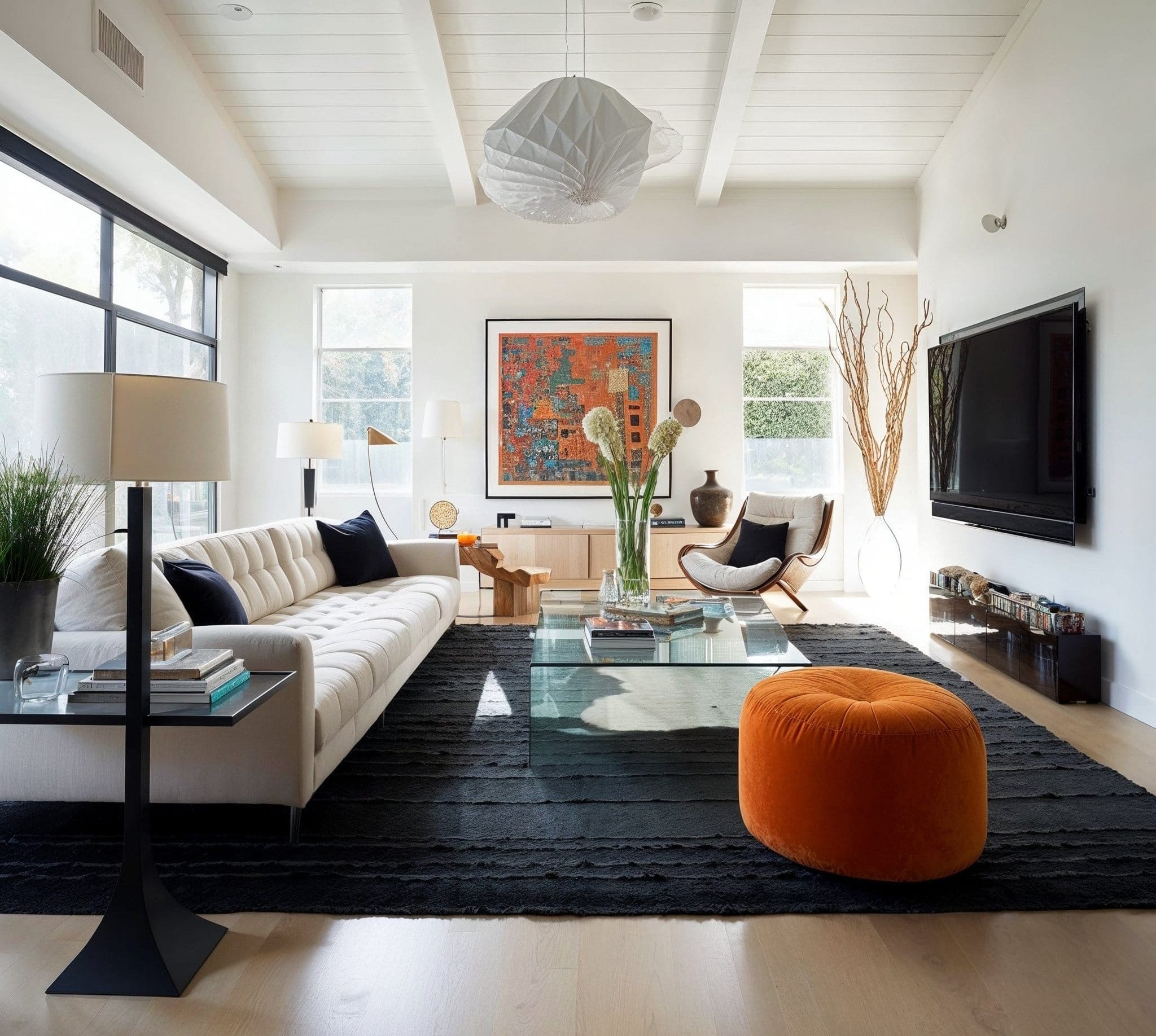Unleash Your Internal Designer With Area Developer Insights
Room Designer Insights use a comprehensive overview to recognizing the nuances of shade psychology, furniture positioning, lights strategies, and the art of mixing textures and patterns. By diving right into these understandings, individuals can open the potential to create spaces that not just show their distinct style however additionally evoke a sense of harmony and convenience.
Understanding Shade Psychology
Analyzing the impact of color on human emotions and habits is vital in interior decoration. Shades have the power to stimulate certain feelings and established the tone for a room, making it essential for designers to recognize shade psychology. Cozy shades like red, orange, and yellow can create a comfortable and welcoming atmosphere, best for social areas like living rooms or kitchens. On the various other hand, trendy shades like blue, environment-friendly, and purple can promote relaxation and harmony, making them optimal for rooms or office.
Along with the fundamental color classifications, different tones and tones can further affect mood. A bright, saturated color can invigorate an area, while a soft, light color can induce a sense of calm. It is important to take into consideration specific and social differences when choosing shades for a room, as particular shades may have different significances or organizations across numerous teams. By thoroughly picking and incorporating shades based on their mental effects, interior designers can produce unified and impactful areas that satisfy the feelings and behaviors of the citizens.
Furnishings Positioning Tips
When preparing furnishings in a space, critical placement can dramatically influence the capability and looks of the room. One essential suggestion is to take into consideration the space's focal factor, such as a fireplace, large home window, or entertainment facility, and orient the furniture around it. This creates a feeling of equilibrium and accentuates the room's standout feature.

An additional important factor to consider is the scale and percentage of the furniture. Make certain that the size of the furniture enhances the size of the space. Stay clear of overcrowding by leaving adequate area in between items for a comfortable and aesthetically pleasing format.
Lighting Methods for Setting
Efficient lights techniques play a crucial function in establishing the ambiance and mood of an area, enhancing its total environment and functionality. To produce a well-balanced lighting scheme, it is important to include 3 primary sorts of illumination: ambient, task, and accent lighting. Ambient illumination provides total illumination, usually through ceiling-mounted fixtures or wall sconces, producing a comfy degree of illumination in the room. Task lighting, such as desk lamps or under-cabinet lights, concentrates on details areas for activities like analysis or food preparation. Accent illumination includes or highlights specific functions drama to the space, achieved through limelights, mounted lights, or wall-mounted components.
In enhancement to the kinds of illumination, the color temperature level of light bulbs likewise affects the ambiance. Warmer tones why not try this out (around 2700-3000 Kelvin) create a comfortable and inviting environment, appropriate for living areas and bed rooms, while cooler tones (around 3500-4100 Kelvin) are a lot more energizing and perfect for task-oriented areas like kitchens or home workplaces. By tactically combining various lighting kinds and adjusting shade temperature levels, you can change an area into a functional and inviting area.
Mixing Patterns and Structures
To boost the aesthetic appeal and deepness of a room, masterfully including a mix of patterns and appearances can bring a dynamic and engaging element to the room. Mixing structures, such as smooth velour with rough woven products, adds responsive rate of interest and can make a room really feel much more inviting.

Remember to layer patterns and structures attentively throughout the area, incorporating them imp source in items like rugs, throw cushions, drapes, and furniture. This approach permits a visually revitalizing atmosphere that mirrors your one-of-a-kind style sensibilities.
Individualizing Your Space
Integrating personal touches right into your living room can change it into a reflection of your distinct personality and style preferences. Personalizing your space involves infusing elements that reverberate with you on a much deeper degree.
Another means to personalize your room is by including colors that stimulate certain emotions or memories. Whether you favor soothing blues, energizing yellows, or innovative neutrals, choosing tones that reverberate with you can produce an extra inviting environment. Furthermore, integrating tailored decoration such as custom-made picture frames, monogrammed toss pillows, or hand-made crafts can additionally enhance the uniqueness of your room.
In addition, do not ignore the power of including components that reflect your pastimes, rate of interests, or cultural history. Whether it's a shelf loaded with your favorite reads, a gallery wall surface showcasing your photography skills, or fabrics that commemorate your heritage, these individual touches can truly make your area seem like home.
Conclusion
Integrating shade psychology, strategic furniture placement, efficient lighting strategies, and the art of mixing structures and patterns can change any kind of room into a visually enticing and harmonious area. Individualizing the design additionally boosts the total visual, creating a space that reflects individual style and personality. By applying these insights, interior design skills can be elevated, resulting in a useful and aesthetically pleasing living environment.
Warm shades like red, orange, and yellow can develop a relaxing and welcoming environment, ideal for social rooms like living areas or kitchen areas.When setting up furnishings in a room, strategic positioning can significantly impact the functionality and looks of the area. By purposefully integrating various illumination types and adjusting shade temperature levels, you can transform a room right into a versatile and welcoming space.
Additionally, take into consideration the style of the space-- for a more traditional room, choose for classic patterns like red stripes or damask, while a modern-day space may profit from geometric or abstract layouts. - Furniture Stores Get More Information Near Me
Integrating color psychology, strategic furniture positioning, effective lighting techniques, and the art of blending patterns and textures can transform any space right into a visually appealing and harmonious area.